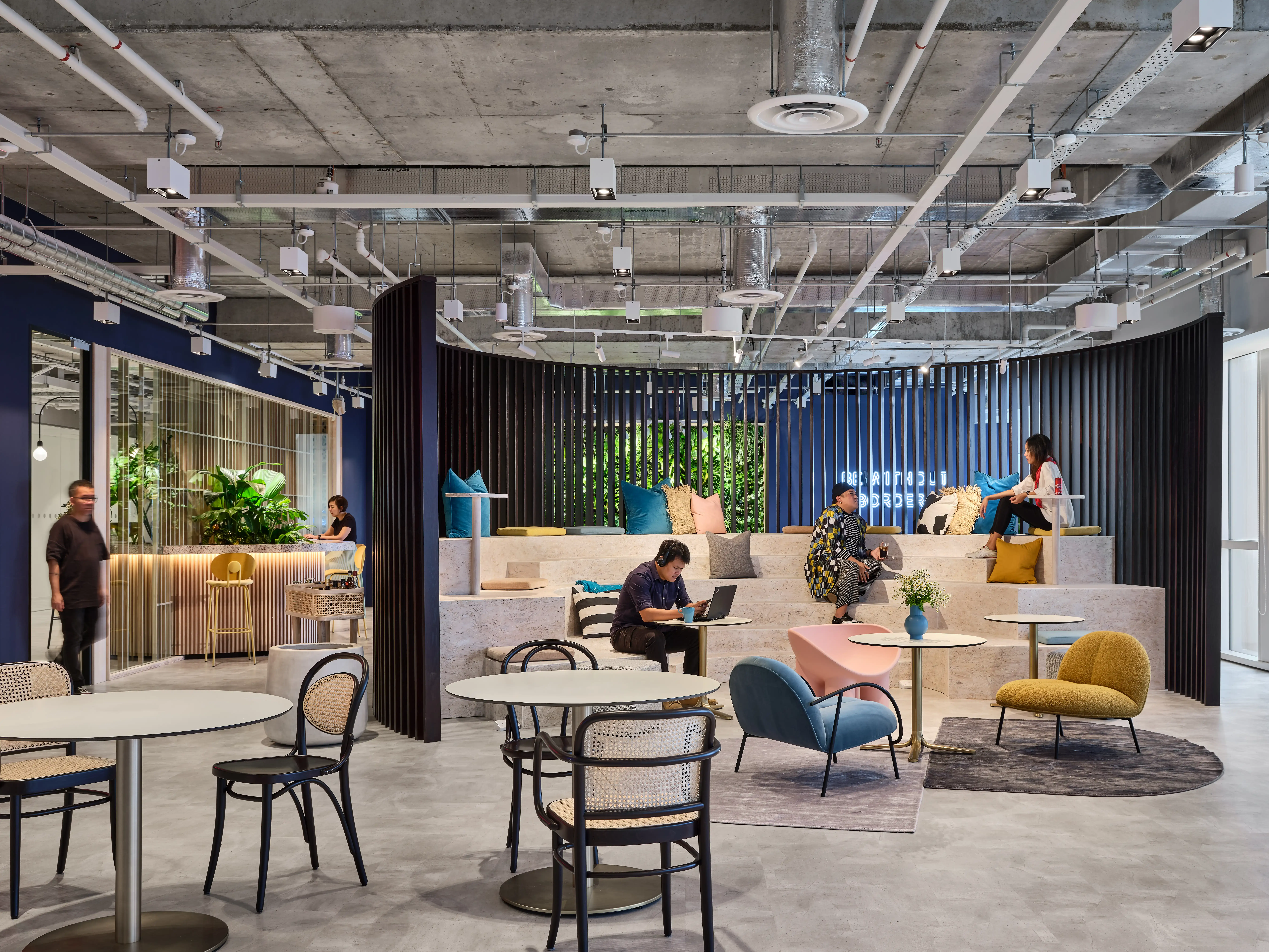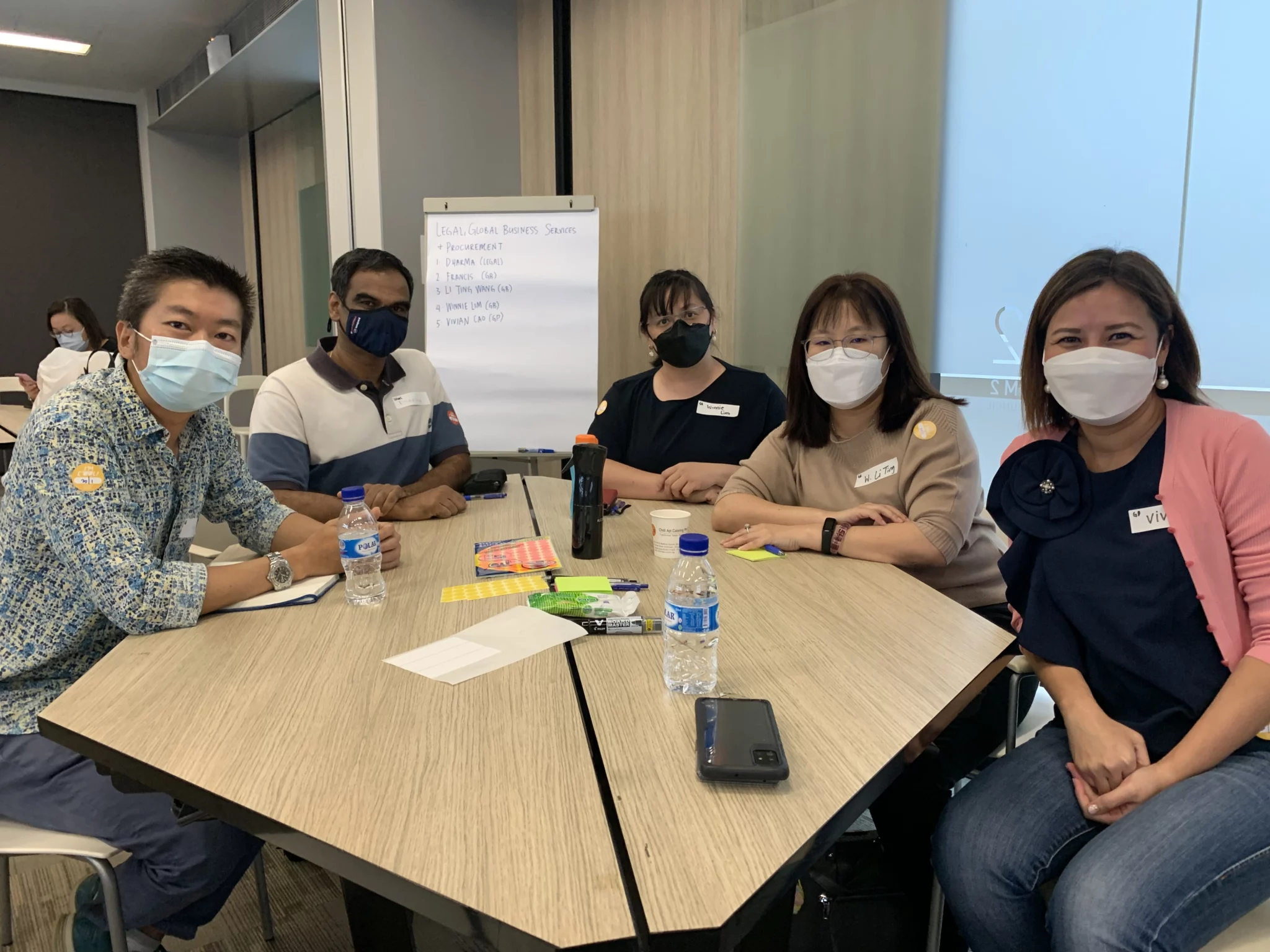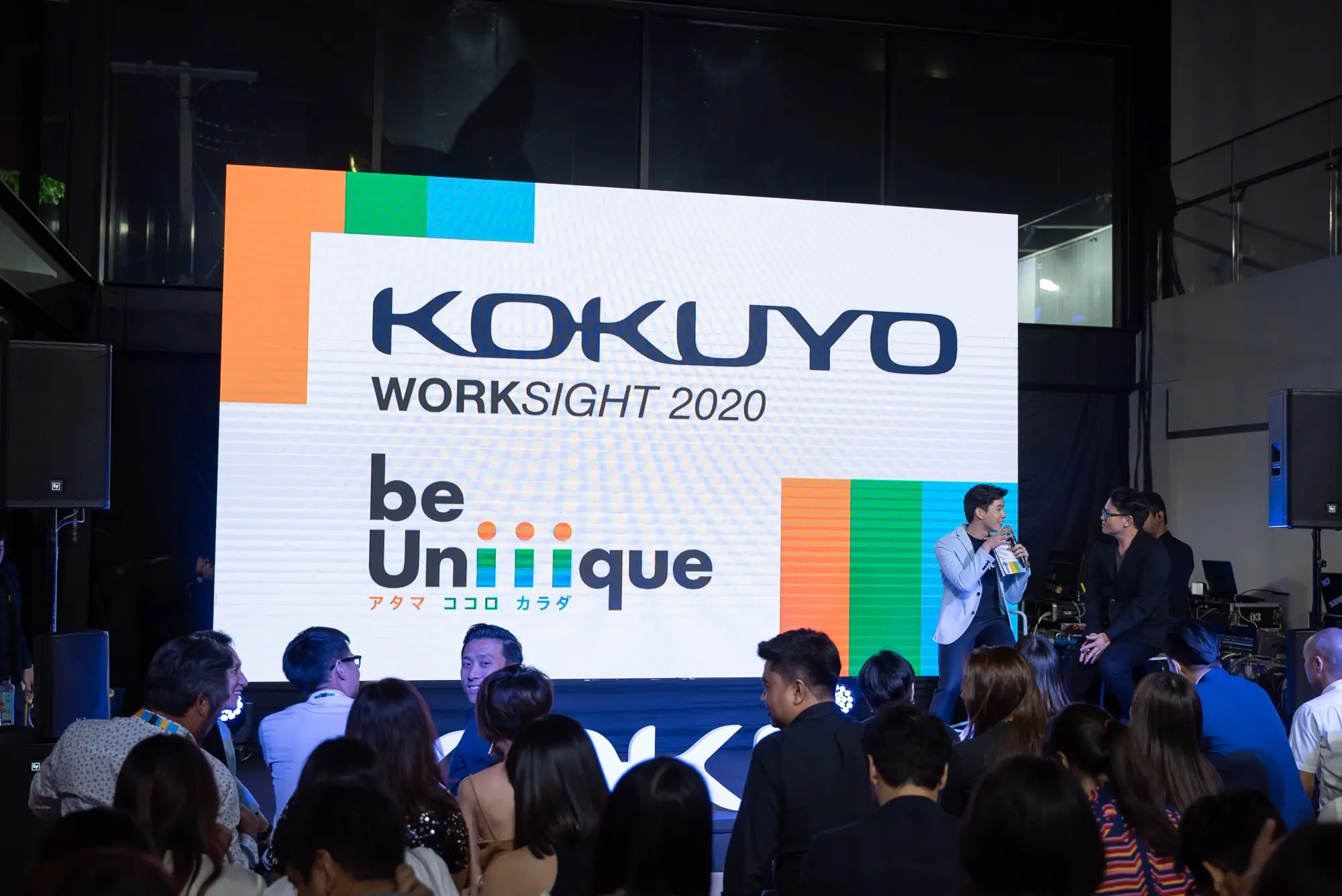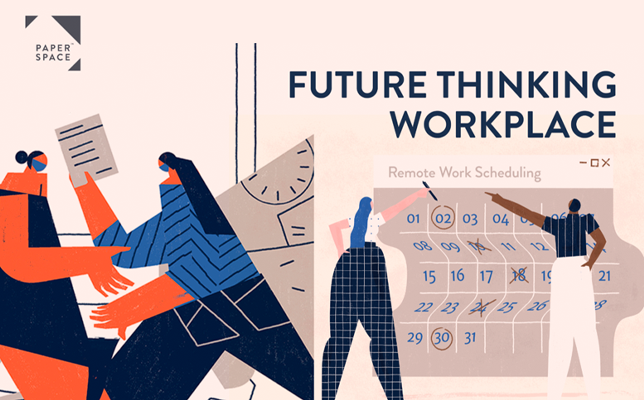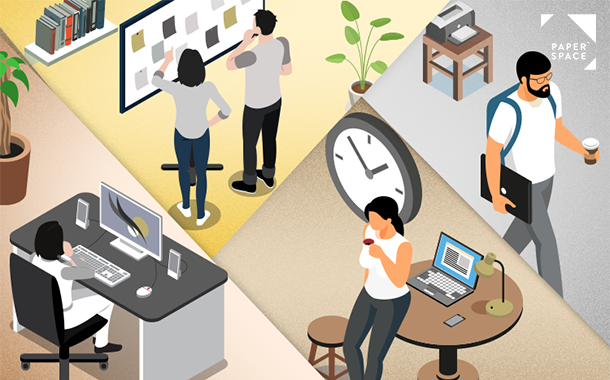Establishing Practical Methods To Collaborate Better: Improving Co-creation In The Workplace
15 October 2022
‘Through alignment and having an agenda or idea of what you actually want to achieve is important when it comes to collaboration, if not, ‘collaboration’ is just going to be another word,’ asserts Richemont’s Shela Kanaan, who attended our ‘De-coding The Future Of Work Through Creative Collaboration’ workshop.
A collaborative event between Paperspace Asia and LUMA Institute in 2022, we brought together over 40 thought leaders across industries for an afternoon of ideation and sharing of experiences – to uncover a way forward at improving their collaborative efforts within their own organisations.
Making Sense Of The Collaborative Process
Everyone wants to collaborate but how would teams find the best synergies to produce fruitful results? Together with LUMA Institute’s Angela Koch, we guided participants through a series of activities where they reflected on past successes and challenges, and determined the qualities that are essential to their collaborative processes.
Through the 3 activities below, we were able to gain a more thorough understanding of the core elements in our attendees’ collaborative processes. There was a common consensus success hinges on having:
- A workplace culture prioritising collaboration
- Leadership involvement
- Supportive spaces and technology
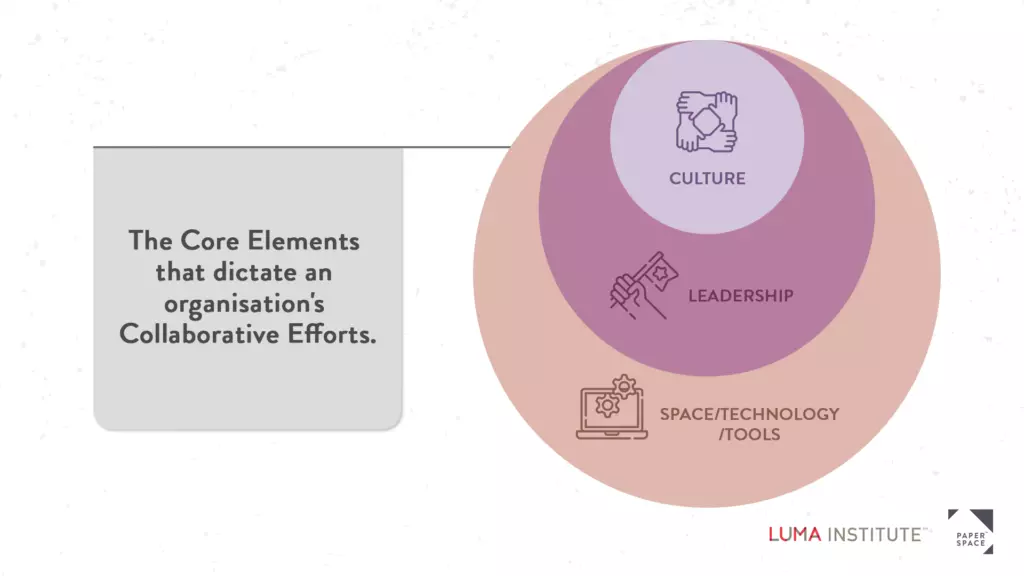
Our Key Insights:
Establishing A Collaborative Workplace Culture
In a perfect workplace, all collaborations would be vibrant and productive thanks to amicable relationships between colleagues. However, a number of attendees admitted to some shared insecurities when working together – having the fear of being judged for speaking out or the potential of having ideas stolen.
Many organisations often still prioritise existing hierarchies with a traditional lean towards celebrating individual achievements, forming barriers that threaten the ‘safety’ of those who might want to contribute. It calls for a need to align collaborative behaviours and company policies with the overall goals of the organisation, while still prioritising the well-being of individuals.
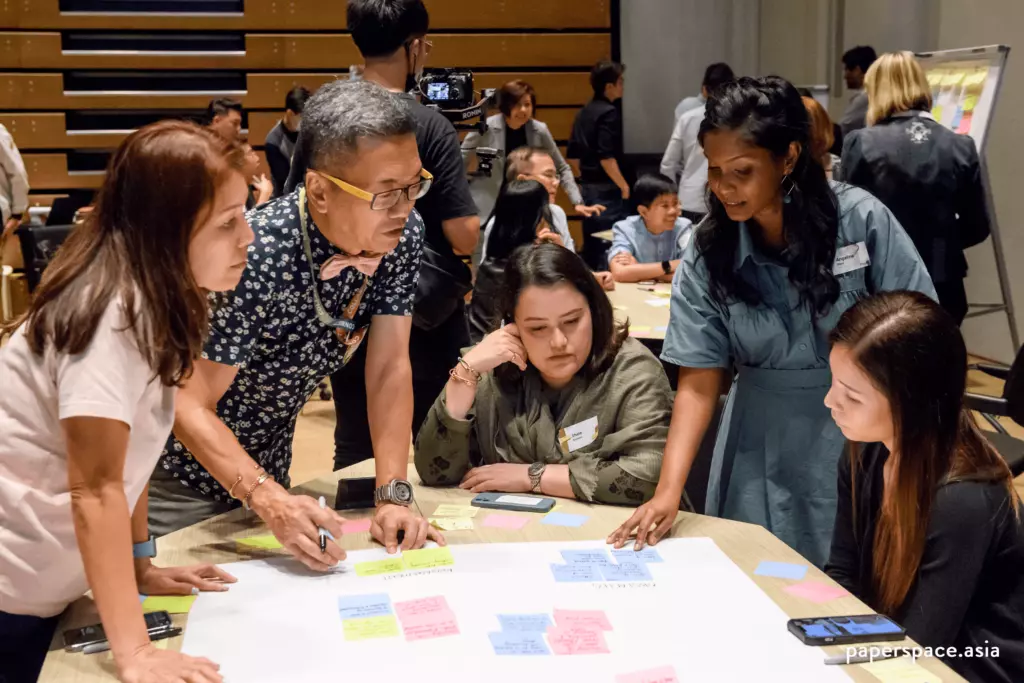
Why Are Leaders Needed To Collaborate Better?
In order to reinforce a collaborative culture, the presence of leaders to drive ideas and push for productivity is paramount. As attendees shared, without stringent guidance there is always a tendency to “spend too much time deliberating on a solution”, “reuse past solutions that worked”, or simply return to the status quo.
For innovation to breed, the collaborative process needs clearly defined agendas and goals – which requires the deft touch of someone who can steer conversations towards growth. For example, an attendee shares that their new CEO has taken initiative to increase communal spaces in the office, signalling better collaborative days ahead in their company.
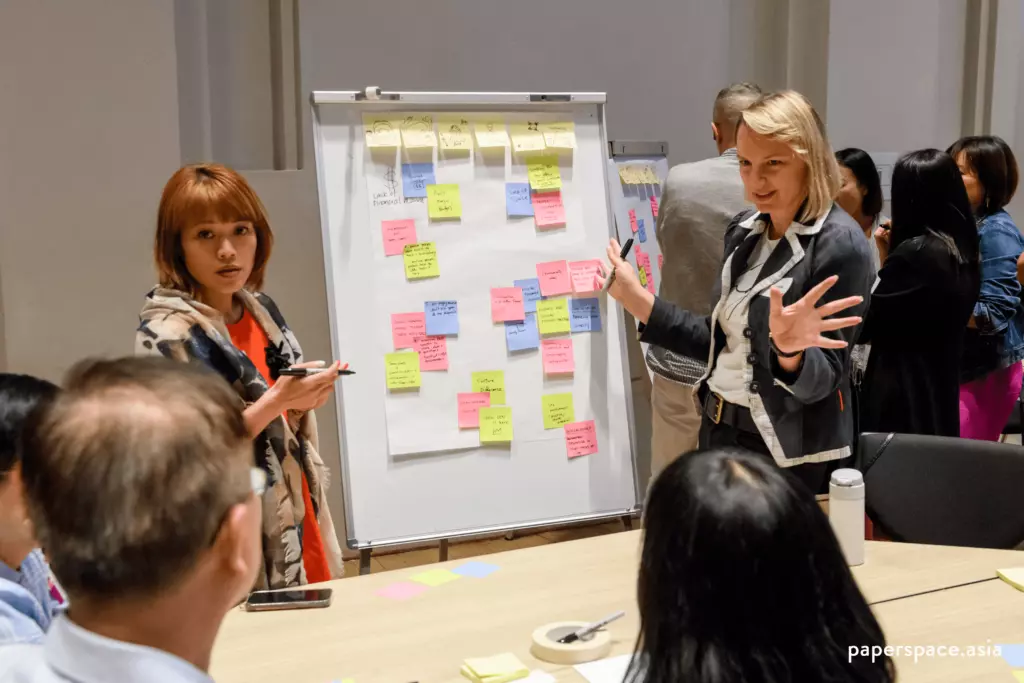
Enabling Co-creation With The Right Spaces And Tools
With the culture set and leadership ready to guide, then there should be facilities and amenities ready to elevate collaboration. Hybrid workspaces are known to provide ample facilities for both in-person or remote work, especially when it comes to collaboration.
To give employees who return to work more purpose, hybrid offices are designed to provide more meaningful and substantial experiences. Dedicated breakout spaces are just one of the amenities that provide a functional reason for employees to come together often; while comprehensive video conferencing software can make remote discussions as seamless as real life ones.
Establishing The Direction Forward
As the core elements of collaboration were established, attendees were tasked to plot a course towards a solution for any of their collaborative woes. This was done through statement starters – these are questions to ask themselves as to explore possible directions to improve their own collaborative efforts.
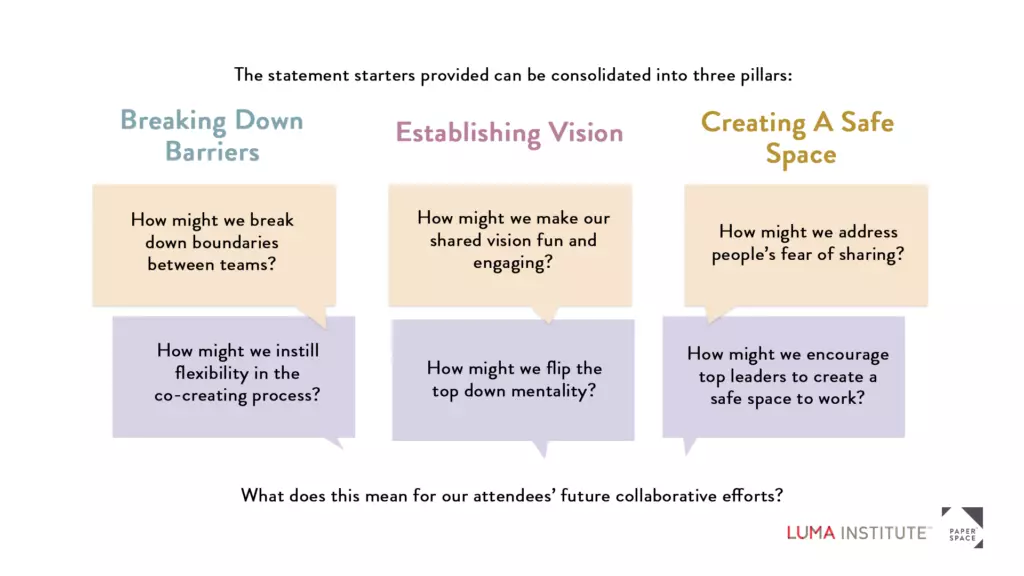
With culture, leadership and space forming the structure of the collaborative process, it is paramount that there is intentionality behind it. These statement starters are meant to kickstart a new era in each attendee’s journey towards a more cohesive collaborative culture – along with practical activities during the workshop to bring back and execute in their own organisations.
“Companies are different, cultures are different, individuals are different – there is no one size fits all. What I think is really important is that we take the time to investigate and understand and find what works best for people,” admits PTS Singapore’s Managing Director, Tom Miu.
TAGS
join our newsletter
Subscribe to receive the latest updates and news on design,
workplace strategy and research into your inbox.

